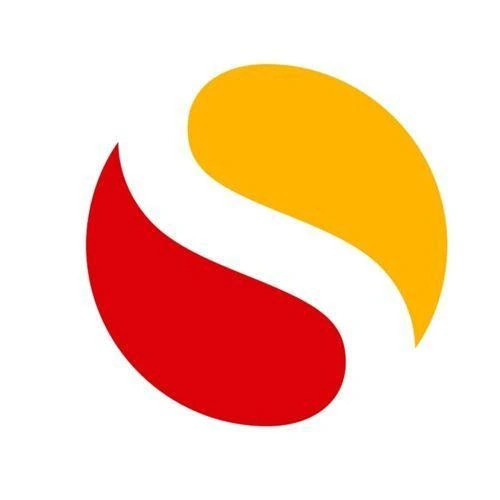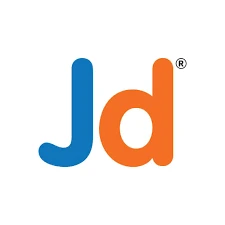The scope of PTC Creo in India is
significant and encompasses various sectors and industries. Here are some key
aspects contributing to its scope:
- Manufacturing Industry: PTC Creo is widely used in India's manufacturing sector, including automotive, aerospace, machinery, consumer goods, and electronics industries. It facilitates the design and development of complex products, components, and machinery, enabling manufacturers to streamline their product development processes and bring innovative solutions to market.
- Engineering Services Outsourcing: India is a major hub for engineering services outsourcing (ESO), with many global companies outsourcing their design and engineering work to Indian firms. PTC Creo is extensively used by engineering service providers in India to deliver a wide range of services, including product design, simulation, prototyping, and CAD customization, catering to clients worldwide.
- Education and Training: PTC Creo is a preferred choice for educational institutions offering courses in mechanical engineering, product design, and related fields. Many colleges, universities, and training institutes in India provide PTC Creo training as part of their curriculum, equipping students with essential skills for careers in engineering and design.
- Research and Development: PTC Creo is used in research and development (R&D) activities across various industries to design and innovate new products, improve existing designs, and conduct simulations and analyses. Research institutions, laboratories, and R&D centers in India leverage PTC Creo to support their innovation efforts and contribute to technological advancements.
- Job Opportunities: Proficiency in PTC Creo opens up a wide range of job opportunities for mechanical engineers, CAD designers, product developers, and design engineers in India. Many companies actively seek professionals with PTC Creo skills to join their teams and contribute to product development projects, offering competitive salaries and career growth prospects.
- Global Collaboration: PTC Creo facilitates collaboration and communication among global teams working on design and engineering projects. Indian professionals proficient in PTC Creo can collaborate with colleagues and clients from around the world, contributing to global projects and gaining exposure to international best practices and standards.
Overall, the scope of PTC Creo in
India is extensive, driven by the country's growing manufacturing sector,
emphasis on innovation and technology, strong engineering talent pool, and
global collaboration opportunities. Proficiency in PTC Creo opens up numerous
career avenues and contributes to India's development as a center for
engineering and design excellence.



 4.8 (21,636) reviews
4.8 (21,636) reviews


 Read more
Read more 
